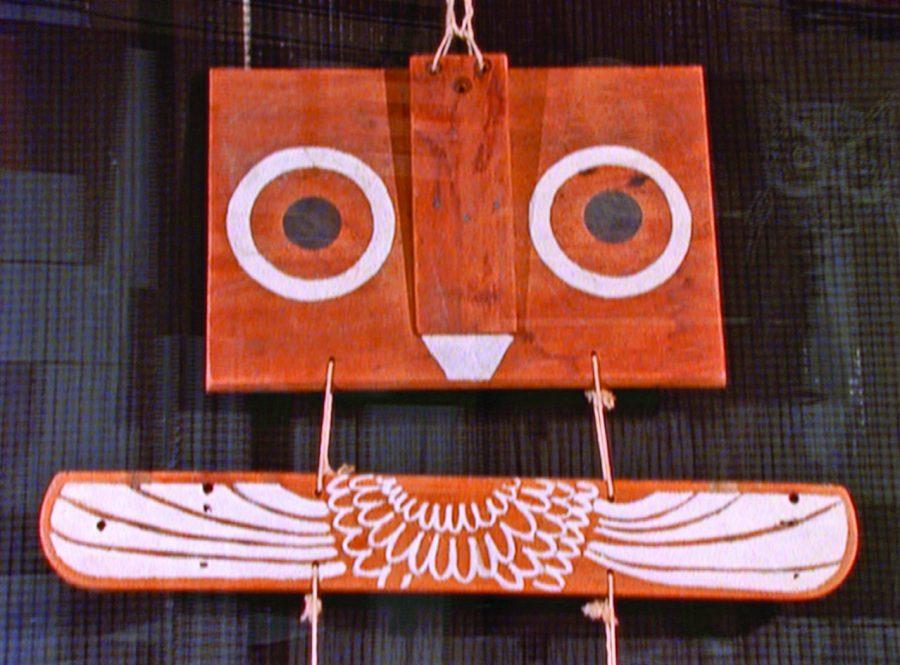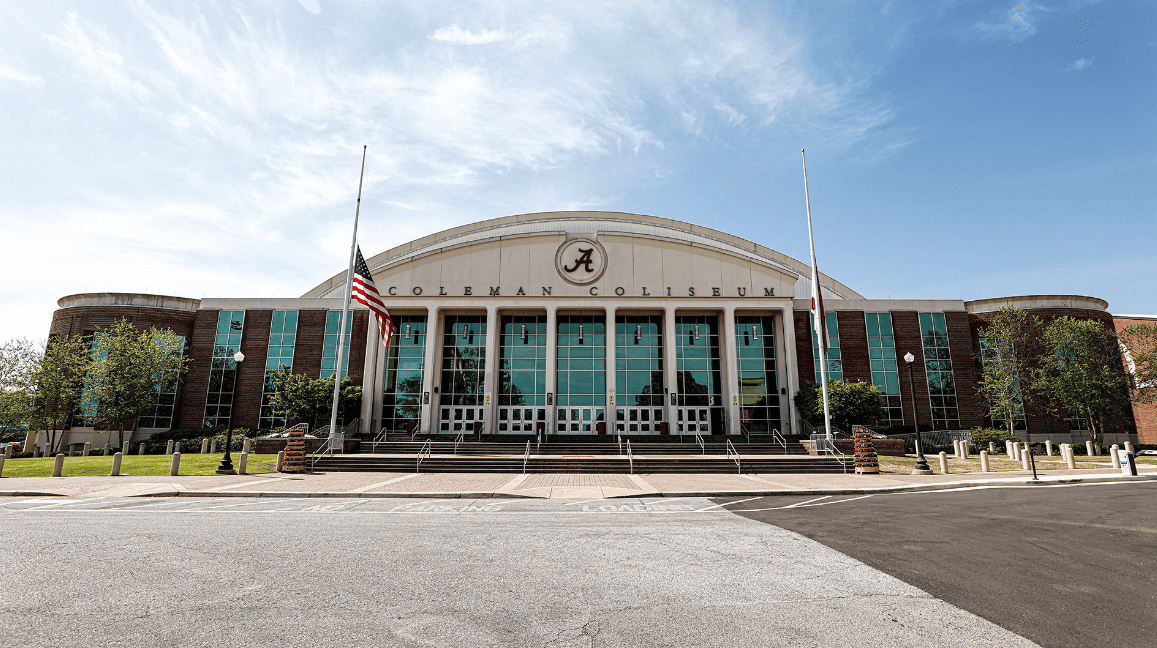“College students are intrigued that Lois Wilson studied architecture at Auburn University, studied art in Boston and New York City and was exposed to art in Europe,” Branyon said. “Yet everything she had been taught about art, she removed from her memory in order to get back to where a 6-year-old child would be, where a folk artist would be. She wanted to be self-taught.”
The documentary, set to air Sunday on Alabama Public Television, tells the story of Wilson’s life, her art and the founding of the Fayette Art Museum. Wilson, born in 1905 in Fayette, Alabama, abandoned what she learned in years of traditional art training in favor of an entirely different approach – creating art from ?found objects.
The Fayette Art Museum was born out of Wilson’s desire for her work to be saved and appreciated. Wilson corresponded with Fayette journalist Jack Black, and in 1969, she sent him 2,600 pieces of art, created by herself and other artists, which would become the museum’s backbone.
Branyon, also from Fayette, Alabama, looked to Black as a mentor when she was in high school. A conversation with him on the University of Alabama campus in February 2000 led to the creation of “Treasures from the Rubble.”
“[Black] began talking about Lois Wilson and the absorbing letters she wrote to him,” Branyon said. “My wheels started spinning. I asked him if anyone had done a documentary on this. He said ‘No.’ I replied, ‘Then I will.’”
“Treasures from the Rubble” premiered in May 2012 at the Tupelo Film Festival. Since then, it has been featured at the Female Eye Festival, and the Hamptons Take 2 Documentary Film Festival.
Not only did Branyon direct the film, she also wrote the script and provided the voiceover of Lois Wilson. Most of the film’s storyline came directly from Wilson’s letters, but Branyon found inspiration from several other sources, including the poetry of Shakespeare and Milton, as well as her own subconscious.
“I tell my students to leave space in your life for solitude, to see what comes to you when you have cleared your mind of all thoughts,” Branyon said. “What came to my mind was the Spirit of Lois Wilson, the little Charlie Chaplin figure who drifts through the film without the sound of footsteps.”
For the film’s music, Branyon enlisted the help of longtime friend and musical collaborator, Margaret Kitchings. Kitchings composed the film’s music, sang the vocals and played the role of the Spirit of Lois Wilson.
“The difficult part was coming up with different musical themes for each character and each mood,” she said. “It was very challenging, but Alexandra made it much easier because she had a very intent, clear focus about what she wanted to do with it.”
Before starting to work on the music, Kitchings traveled to Fayette with Branyon and the film’s crew.
“I just got the feeling of the place and the people,” Kitchings said. “There was an old piano upstairs in the museum itself, and I was so glad to see it there because ideas just came to my head. I started to understand the different artists, their backgrounds and their work.”
Kitchings said she hopes the film conveys that same understanding and appreciation to its audience.
“I certainly hope the audience gets a feeling of love for the artists and their work,” Kitchings said. “I wanted the music to be able to put that forth.”







